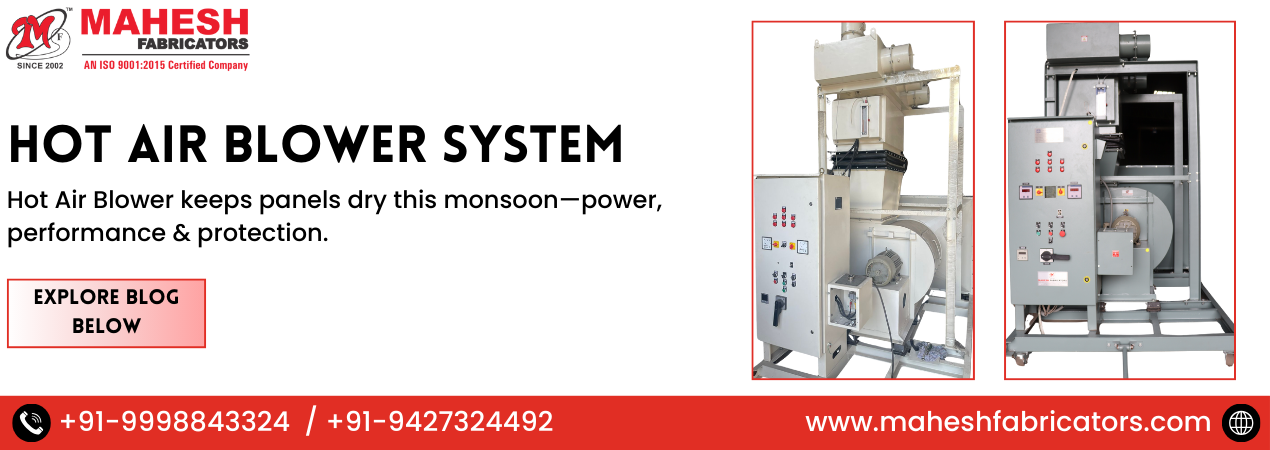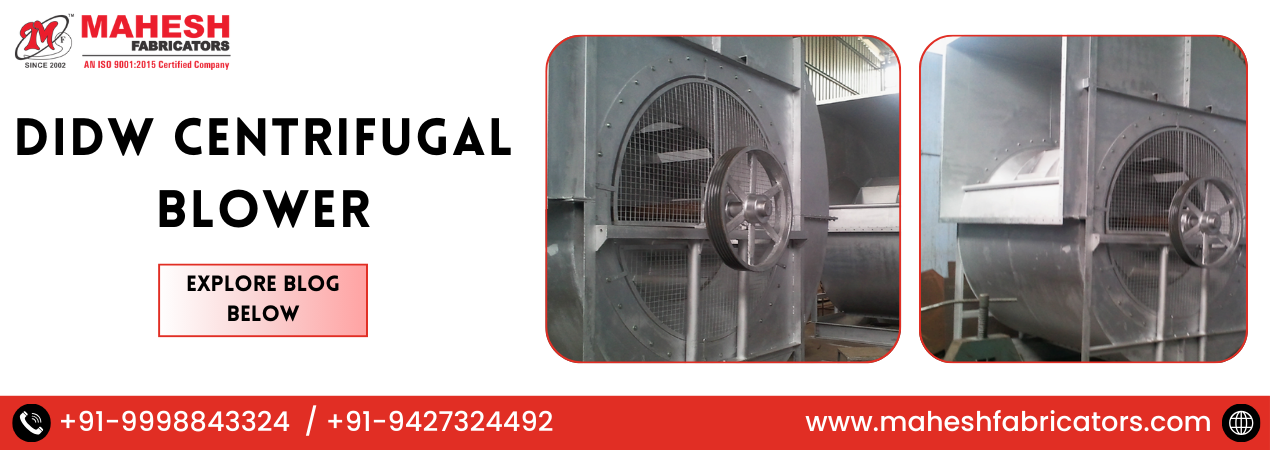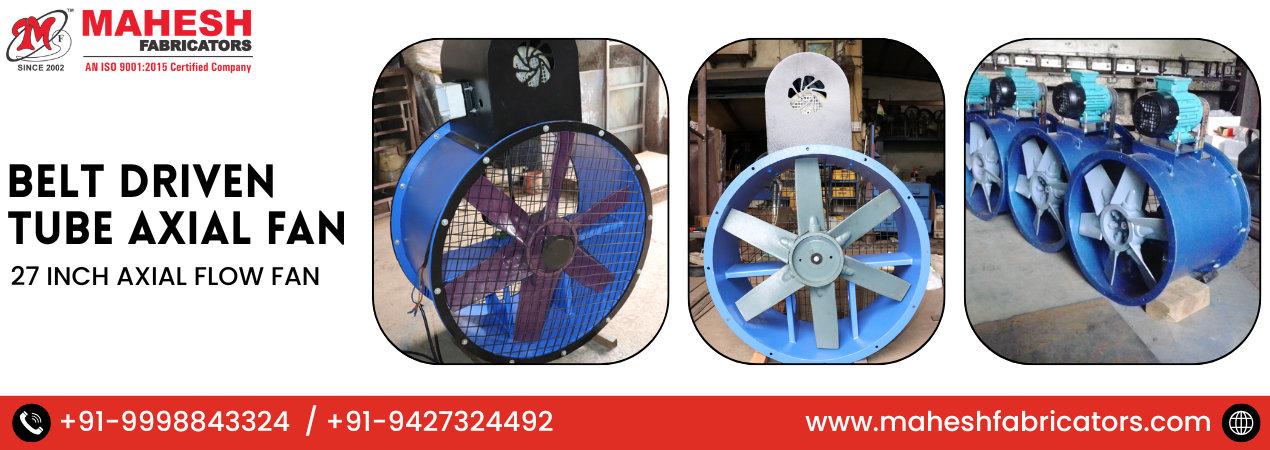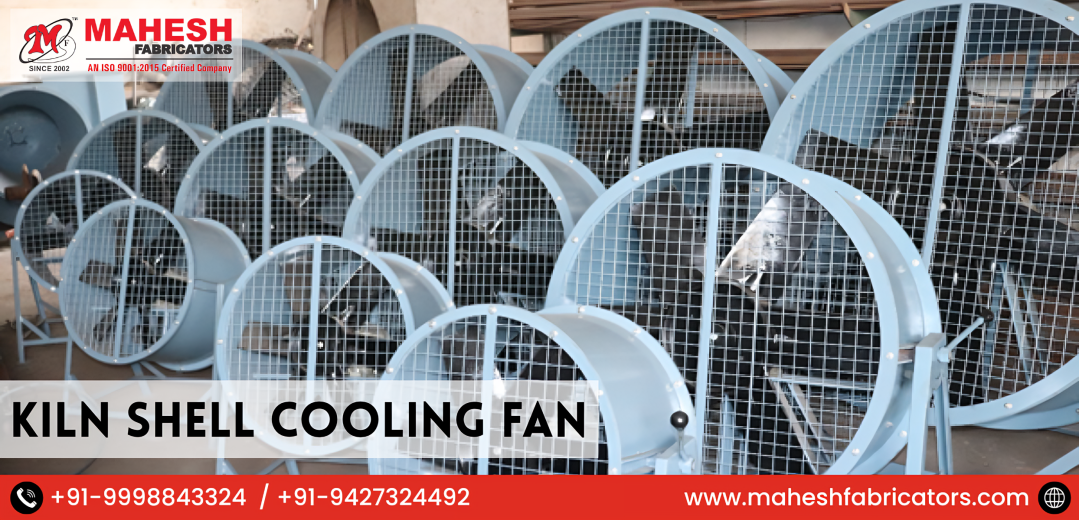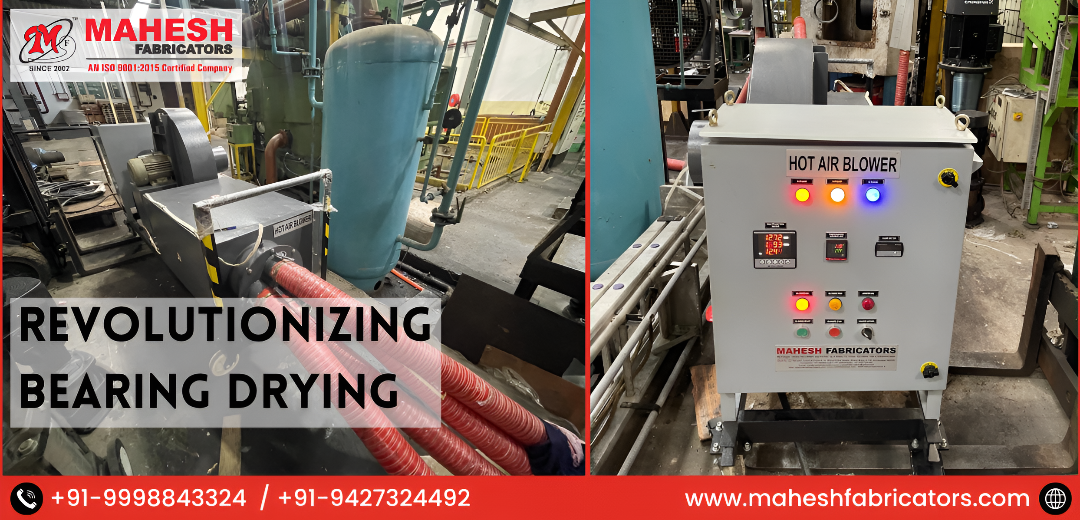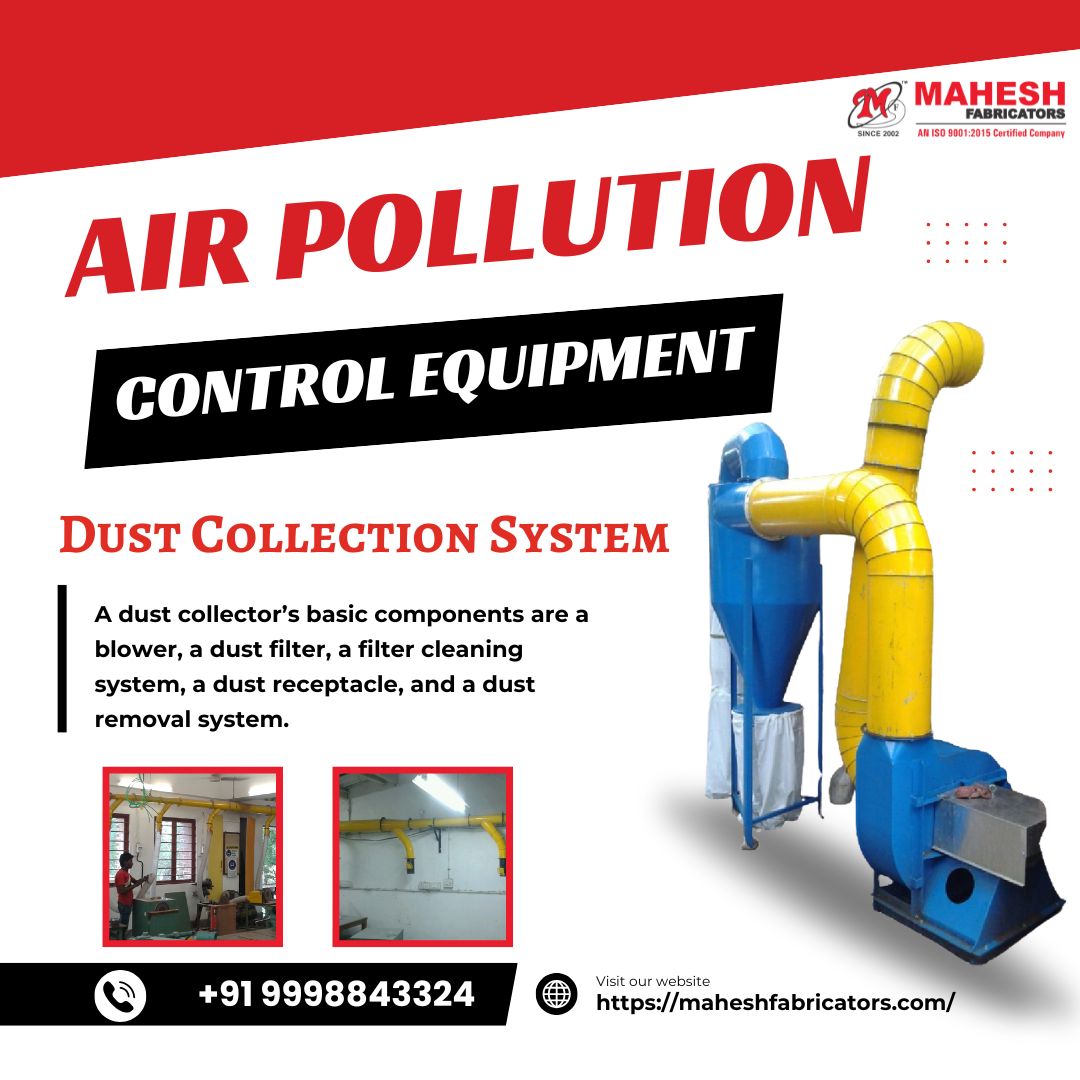
Dust Collection System
Introduction
A dust collection system is an essential component in industrial and commercial facilities to improve air quality and ensure regulatory compliance. These systems capture airborne dust and debris, maintaining a clean and safe working environment. In this guide, we'll explore the key uses, applications, features, and materials involved in dust collection systems.
Uses of Dust Collection Systems
Dust collection systems are designed to:
-
Improve air quality by removing harmful particles.
-
Protect machinery from damage caused by dust buildup.
-
Enhance worker safety by minimizing respiratory risks.
-
Comply with environmental regulations like OSHA and EPA standards.
-
Increase energy efficiency by maintaining optimal HVAC performance.
Applications of Dust Collection Systems
These systems are widely used in various industries, including:
-
Woodworking: Collecting sawdust and wood chips.
-
Metalworking: Capturing metal shavings, welding fumes, and grinding dust.
-
Pharmaceutical: Preventing contamination during drug manufacturing.
-
Food Processing: Removing flour dust and other airborne particles.
-
Cement and Mining: Handling fine dust from crushing and grinding processes.
-
Agriculture: Collecting grain dust in silos and feed mills.
-
Automotive and Aerospace: Managing paint overspray and sanding dust.
Key Features
An efficient dust collection system should include the following features:
-
High-efficiency filtration: HEPA or cartridge filters to capture fine particles.
-
Powerful suction motors: For effective extraction across large areas.
-
Custom ductwork design: Optimized for airflow and minimal clogging.
-
Easy maintenance: Tool-free filter replacement and dust disposal.
-
Modular design: Scalable to meet growing industrial needs.
-
Energy-efficient operation: Low power consumption with high performance.
-
Smart monitoring: Sensors and control panels for real-time data.
Materials Used
The durability and effectiveness of a dust collection system depend on the materials used:
-
Steel or Stainless Steel: For the housing and ductwork, ensuring long life.
-
Aluminum: Lightweight and corrosion-resistant components.
-
Polypropylene or PVC: In corrosive environments.
-
Fiberglass Reinforced Plastic (FRP): For chemical resistance.
-
Filter Media: Made from polyester, cellulose, or PTFE (Teflon-coated) for high efficiency.
Conclusion
A well-designed dust collection system not only ensures a cleaner workspace but also protects worker health and maintains production efficiency. From woodworking to pharmaceuticals, these systems are indispensable in modern industries.
Investing in the right dust collection solution tailored to your needs can significantly enhance productivity, safety, and compliance. Whether you're starting from scratch or upgrading, prioritize high-quality filters, durable materials, and intelligent design.
FAQs
Q1. What is a dust collection system used for?
A dust collection system is used to capture, filter, and remove dust, fumes, and airborne particles from industrial and commercial environments.
Q2. Which industries need dust collection systems?
Industries like woodworking, metalworking, pharmaceuticals, food processing, and cement manufacturing commonly use these systems.
Q3. What are the types of dust collectors?
Common types include baghouse collectors, cartridge dust collectors, cyclone separators, and wet scrubbers.
Q4. How do I choose the right dust collection system?
Consider factors like particle type, volume, air quality regulations, space constraints, and budget.
Q5. Are dust collection systems energy efficient?
Modern systems often come with energy-saving features like variable speed drives and smart sensors for optimized performance.
